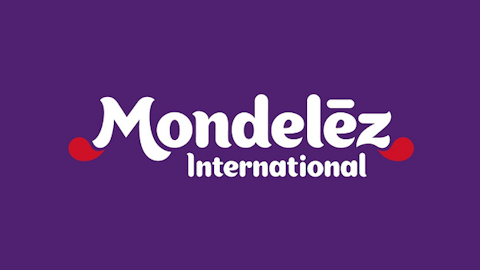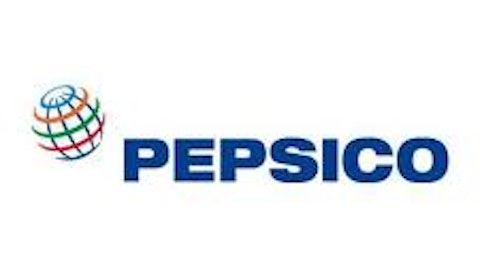
Is Coke still it?
In the second quarter, The Coca-Cola Company (NYSE:KO) reported a 1% increase in global volume, below expectations. Growth in the Americas was up 1% while the international division generated 2% volume growth. Net revenue fell 3% in the quarter and is down 2% year-to-date. Without the impact of structural changes, revenue grew. Operating income also fell 2%, while reported EPS dropped 3% to $0.59.
Indeed, currency headwinds were part of the problem for the lackluster performance, but the company also pointed up. Muhtar Kent, The Coca-Cola Company (NYSE:KO)’s chairman and chief executive explained:
Our second quarter volume results came in below our expectations, reflecting an ongoing challenging global macroeconomic environment and unusually poor weather conditions in the quarter.
Indeed, wet and cold weather interfered with consumer spending and exacerbated the problems stemming from already-weak economies in Europe, Latin America, and Asia. And while the bad weather does sound like an excuse, it’s fair that damp weather could lessen the demand for cold beverages.
However, unlike rival PepsiCo, Inc. (NYSE:PEP), a restructuring story since last year, The Coca-Cola Company (NYSE:KO) doesn’t have a snack-food business to lean on when times are tough. Indeed, PepsiCo, Inc. (NYSE:PEP) has been in turnaround mode, and has been investing across business segments and marketing.
After a wave of cost-cutting initiatives that included layoffs, PepsiCo, Inc. (NYSE:PEP), which generated $65 billion in net revenue last year (a 1.5% decline from 2011), seems to be exactly where it wants to be. The company has strategically positioned its portfolio for growth in both its salty snacks and beverage businesses, and currently generates about 35% of its total net revenue from developing and emerging markets.
PepsiCo’s second quarter delivered better-than-expected EPS of $1.31 (excluding items) versus consensus of $1.19. Core gross margins and core operating margins, each up more than 100 basis points in the quarter, are rising, and revenue was basically in-line at $16.8 billion. No mention of weather-related headwinds.
Last year, PepsiCo lifted its investment in its brands by 50 basis points to 5.7% of net revenue, and that’s a trend that’s spilled over into this year.
In 2013, PepsiCo is returning some $6.4 billion to shareholders via share buybacks ($3.0 billion) and dividends ($3.4 billion). PepsiCo’s not immune to volume volatility, but the company says that 60% of the $20 billion U.S. beverage market belongs to non-carbonated drinks; plus, the percentage that belongs to cola beverages is shrinking. So this bodes well for a company with a diversified portfolio, like PepsiCo. But what does it mean for rival The Coca-Cola Company (NYSE:KO)?
Does this mean that Coca-Cola should make a push into the snack-food segment? Not necessarily; other rival Dr Pepper Snapple Group Inc. (NYSE:DPS) isn’t in the snack-food or alcoholic beverage market and has no intentions of entering those markets, either. For Coca-Cola, if it comes down to its marketing push, the company shouldn’t have any problem. After all, it’s “Coke Is It” campaign was one of the most memorable in history. The Coca-Cola Company (NYSE:KO) has history on its side.
Marketing push
In the second quarter, Coca-Cola ramped up its marketing spend in Europe and North America with its regional campaigns, ‘Share a Coke” and “Coca-Cola Open Summer,” respectively. These marketing campaigns were responsible for rising global volume and value share in its sparkling beverages. It’s also pushing marketing campaigns in Euroasia and Africa that are boosting its sparkling beverage volumes in those regions. Coca-Cola also has a marketing program that includes glassware tied to the 2014 Winter Olympics in Russia.
In the second quarter, there was a “strong increase” in direct marketing spend, according to the company, and this could be precisely what the company needs for a turnaround. The Coca-Cola Company (NYSE:KO) is in the midst of a productivity and reinvestment program in which it’s reinvesting in a series of areas including global marketing. The program runs through 2015, and the company expects to achieve annualized savings of some $650 million as a result. If successful, the benefits are expected to surface in 2015.



